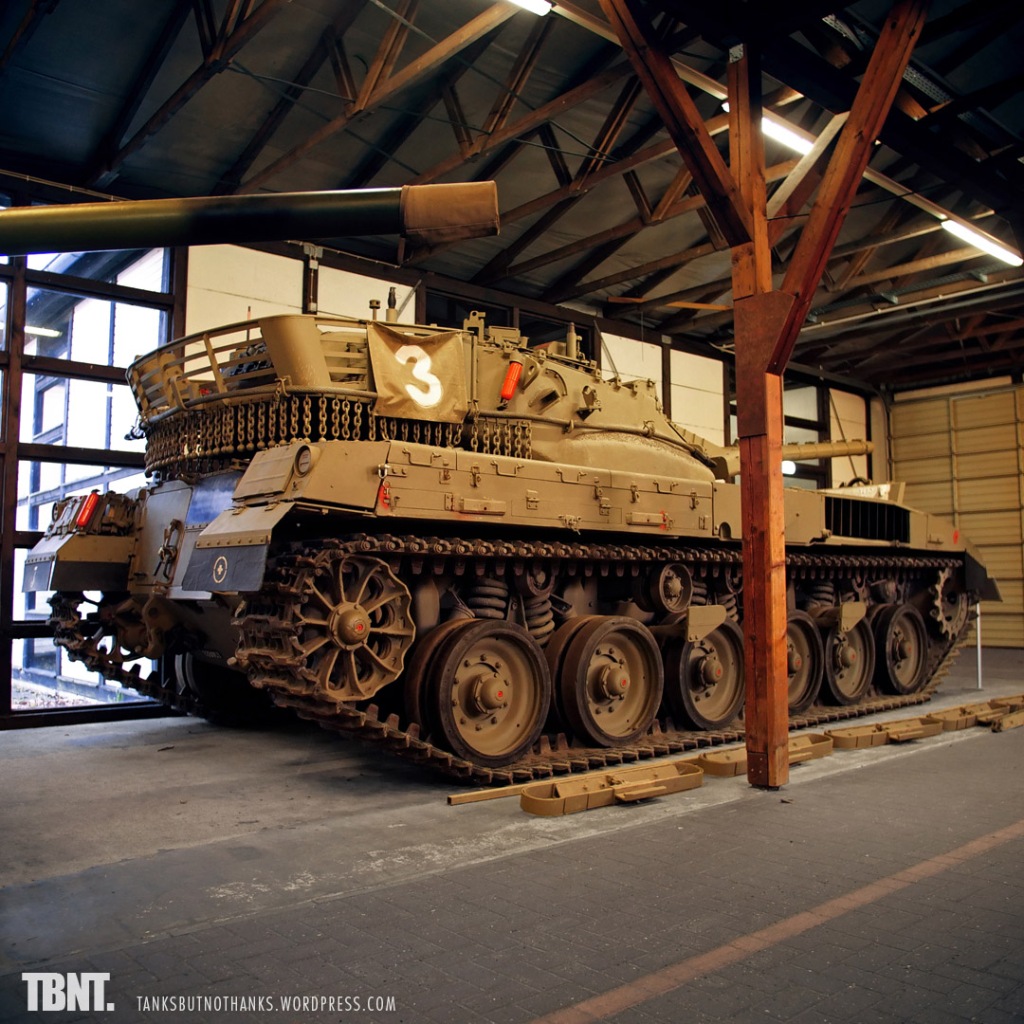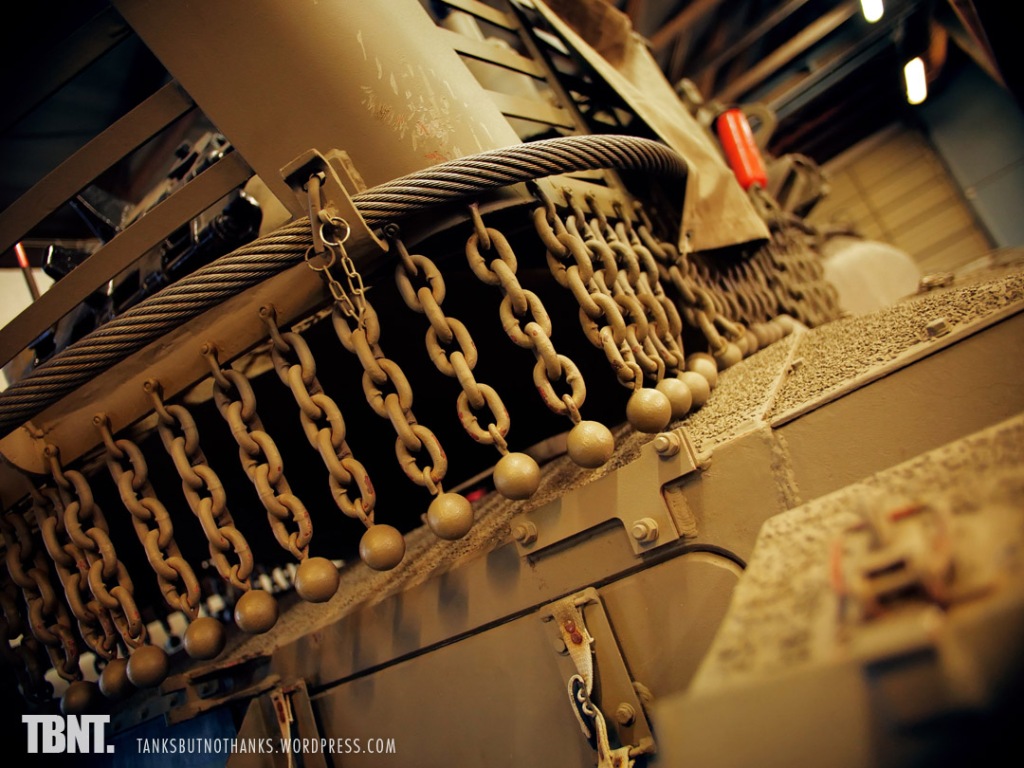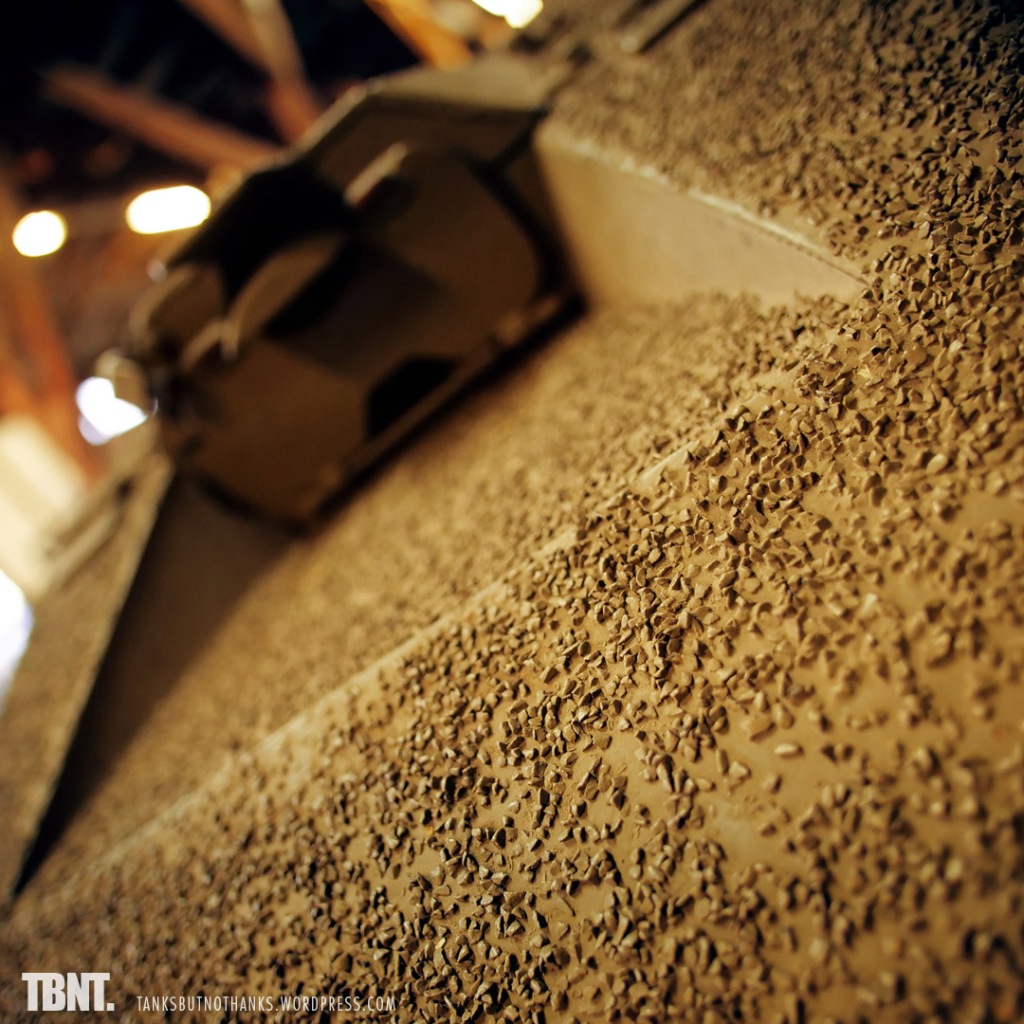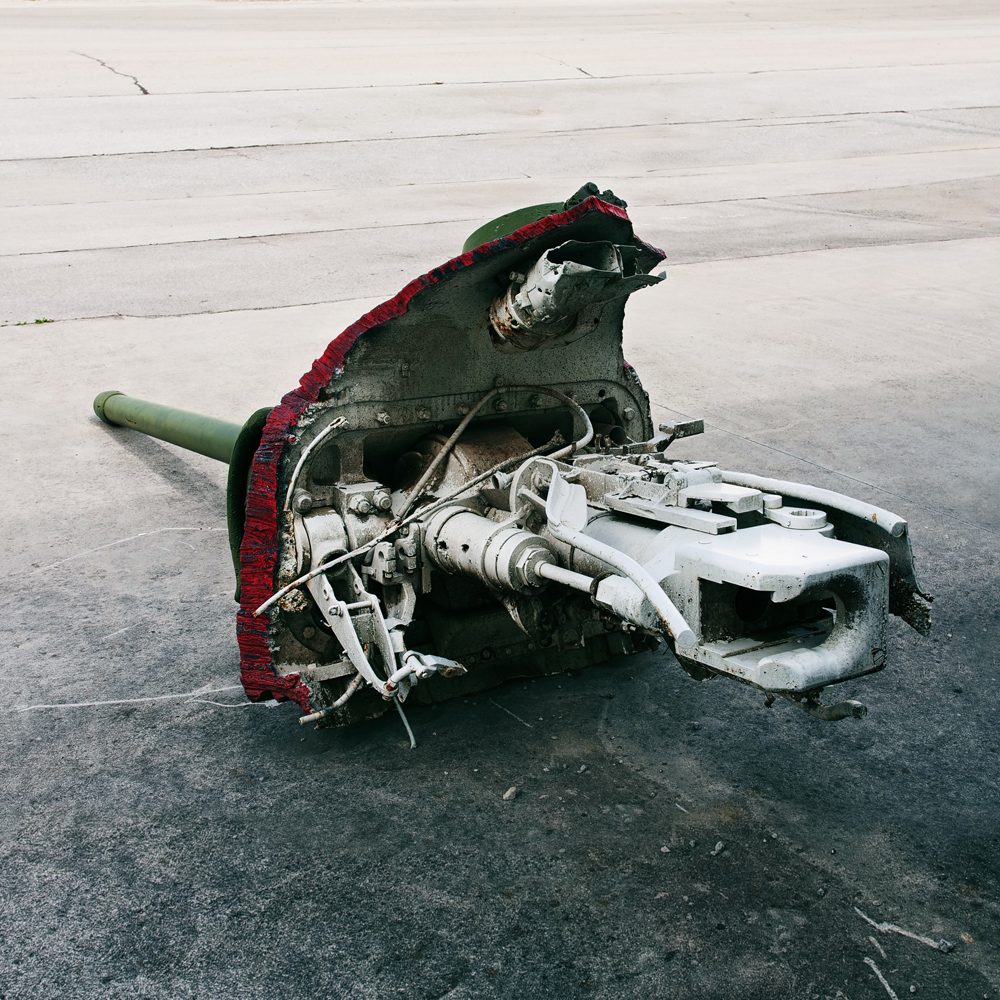Type: Main Battle Tank
Nation: Israel
Period: Cold War
Location: Deutsches Panzermuseum Munster, Germany

Do it yourself
When the State of Israel was established in 1948, its government was facing the difficult task of creating a capable army as soon as possible because of the country‘s very specific situation. For the following decades the Israel Defense Forces (IDF) would have to rely on purchasing foreign tank models – mostly the American-made M4 Sherman (later heavily modified as the M50 and M51), the French AMX-13 and eventually the British Centurion. But when the French and British governments cancelled all weapons deliveries in the late 1960s, Israel finally decided to start an indigenous tank programme which was to be tailor-made to meet their unique set of requirements.

Radically different
The first prototype of the Merkava (Hebrew for „chariot“) was ready by 1974 and was fundamentally different from any other main battle tank of the time, such as the American M60 or the Soviet T-72. Since survivability was of highest priority, the engine was mounted in the front where it could act as an additional barrier between the four-man crew and incoming threats. This also made the vehicle‘s interior comparatively roomy and allowed for a door on the back of the hull through which the crew could access the fighting compartment and perform tasks like restocking ammunition for the 105 mm main gun more easily.

Safety first
All hydraulic components of the turret traverse mechanism were located as far away from the crew as possible to reduce the risk of injury in case there was a leak after a direct hit. Instead of utilising a torsion bar suspension system like most modern tanks, the Merkava was running on externally mounted coil spring bogies which were much easier to repair and replace in the field. In 1979 (the same year the German Leopard 2 was introduced) the first units were equipped with the new 63-ton tank. Its combat debut would follow already three years later in the 1982 Lebanon War.

Modernised gift
This particular vehicle at the DPM was given to Germany by the State of Israel as a gesture of gratitude after they had been gifted a Leopard 1. The tank that arrived in Munster in 2005 is a Mk. I model that has been upgraded to the Mk. II standard. The Mk. II had first been introduced in 1983 as a reaction to the experiences in Lebanon. Most notably, the space below the turret bustle had turned out to be a shot trap. The Mk. II was therefore equipped with a distinctive steel chain curtain which was supposed to prematurely detonate hollow-charge warheads. Other changes included the appliance of an anti-slip coating on the vehicle’s horizontal areas and a revised roof-mounted mortar which could be loaded and fired safely from the inside.


3 responses to “Merkava Mk. I/II”
[…] War era, such as the American M60 and M1 Abrams, the West German Leopard 1 and even the Israeli Merkava Mk. I. Centurions were widely exported to around 20 countries, where they would sometimes be operated way […]
LikeLike
[…] modern main battle tanks such as the American M1A1/M1A2 Abrams, the French Leclerc or the latest Merkava versions from Israel. Thanks to its two-axis stabiliser and sophisticated fire control system, the […]
LikeLike
[…] The AMX-13’s development started in 1946 when the French Army needed a lightly armoured air-portable vehicle to support paratroopers and carry out reconnaissance missions. It was designed by the Ateliers de construction d’Issy-les-Moulineaux who would later go on to develop the first French main battle tank, the AMX-30. Production of the AMX-13 began in 1952 and lasted until 1987. The compact vehicle was exported to numerous countries, for example Israel – who would actually use them as main battle tanks alongside the heavier Centurions in the Six-Day War of 1967, before eventually developing their indigenous Merkava. […]
LikeLike